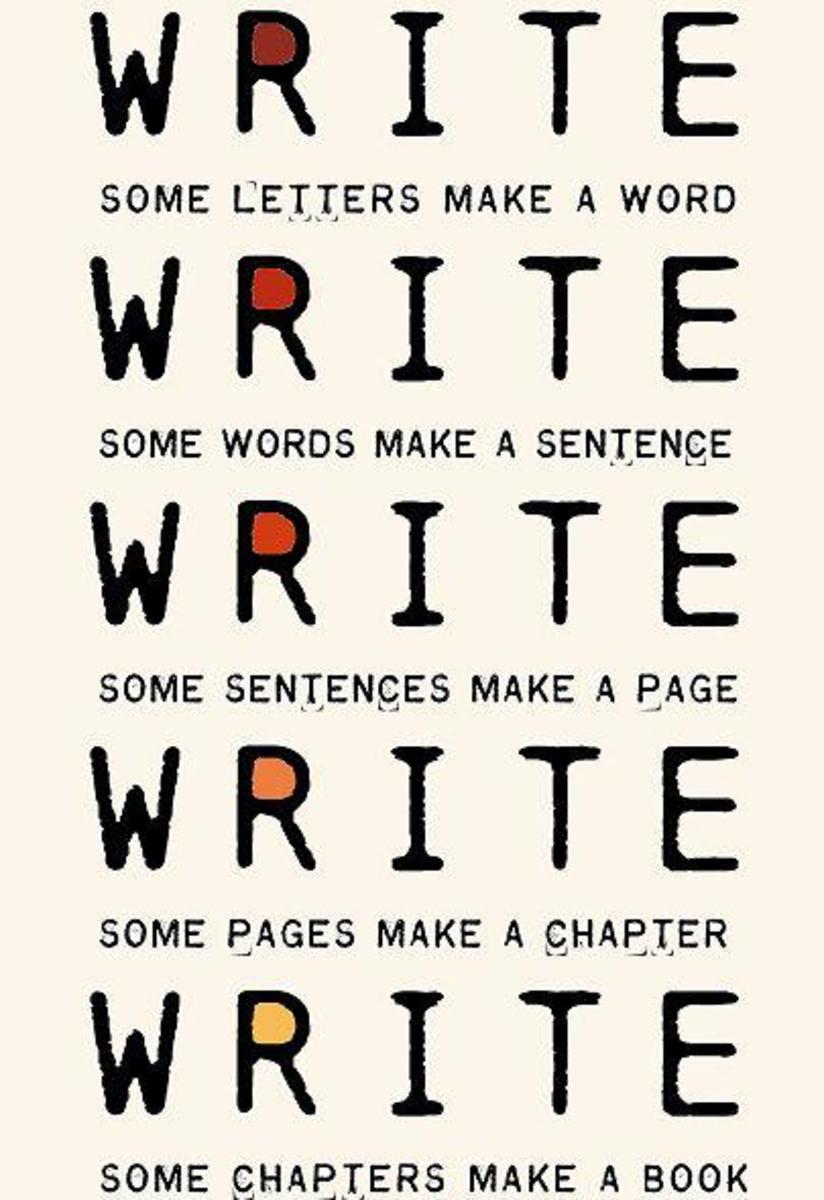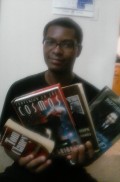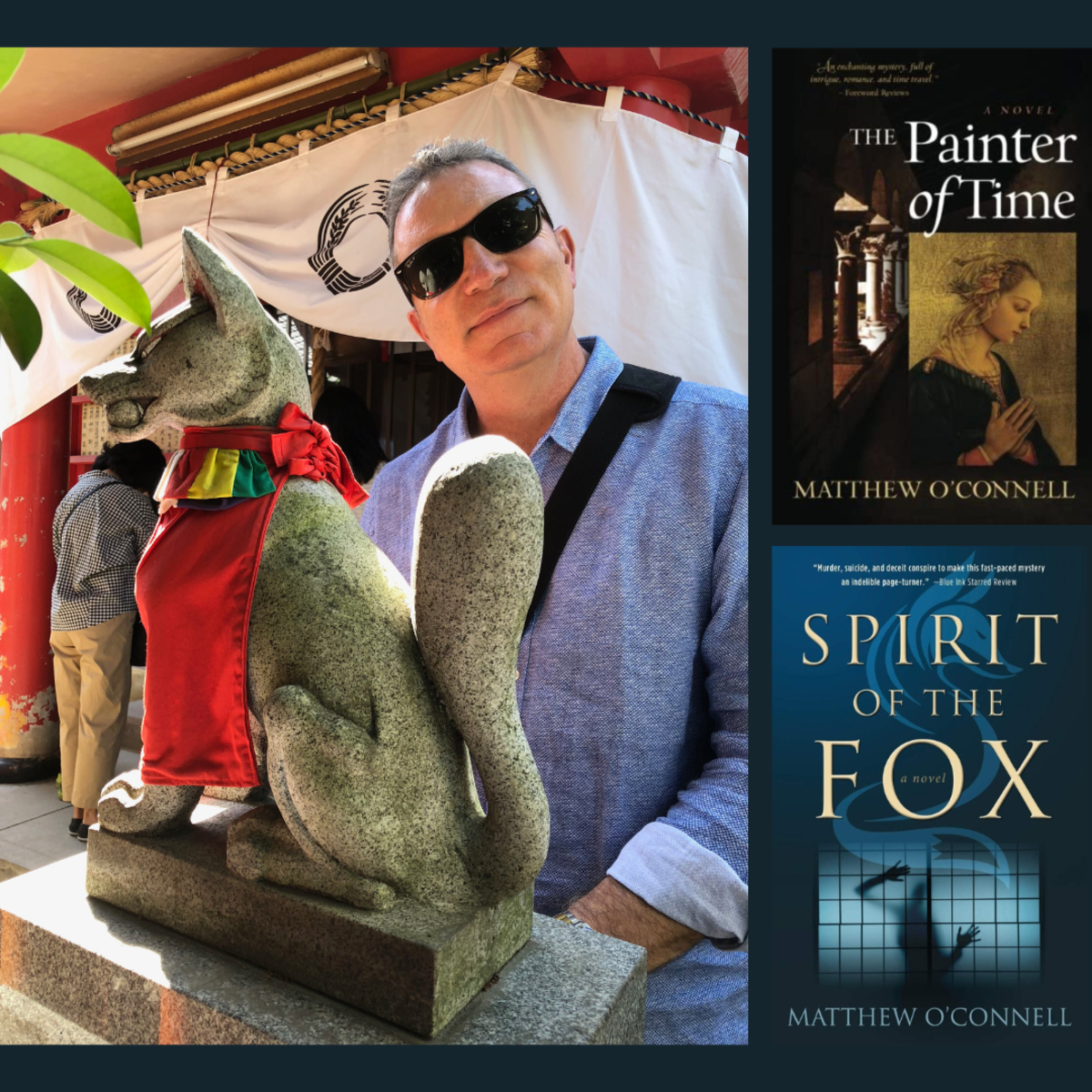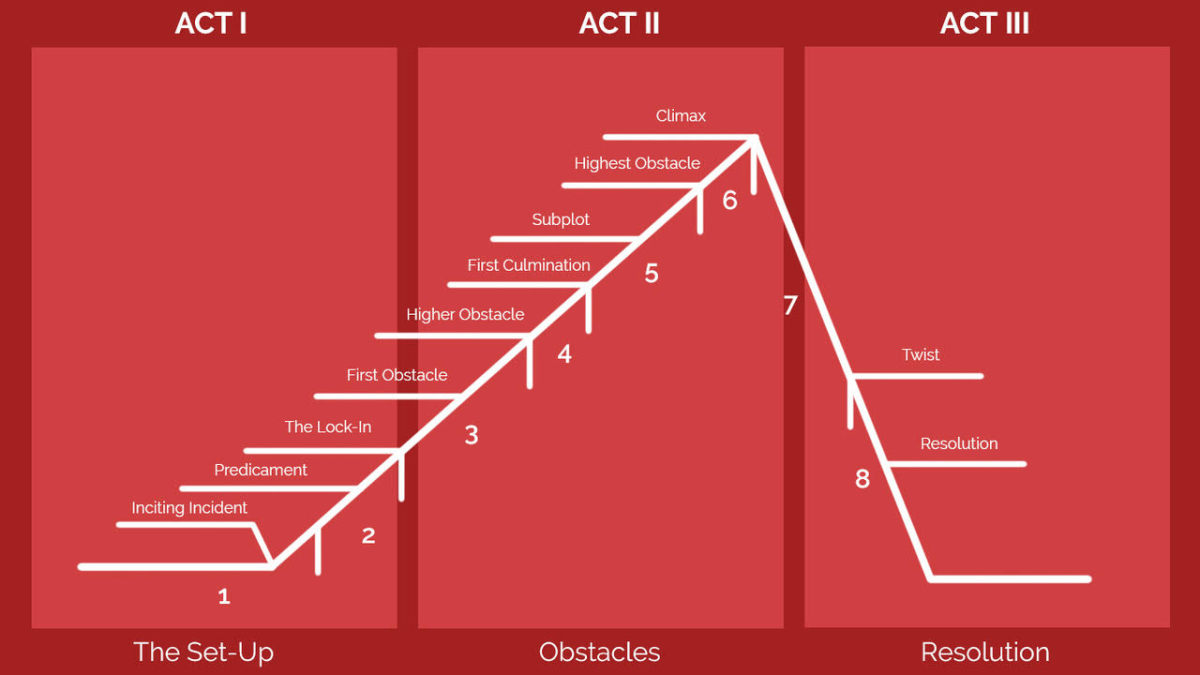Step Two: Planning
Planning basically answers the Five W’s:
- What is going to happen?
- Who is it going to happen to?
- Where will it happen?
- When will it happen?
- Why will it happen?
Planning is an essential part of the writing process, especially for long novels with complicated plots. I recommend planning before writing, although sometimes authors will begin their novel and then start to plan what will happen next. The importance of planning is demonstrated by determining basic elements of your story, such as characters, setting, and the overall plot.
Without a plot structure, the writing process can fall apart and crumble in the author’s hands. However, spending too much time on plotting and planning can have negative effects on the writing process, because the story never gets written. This part of the process is meant to ease writers into their novels, helping them along the way with a structure and goal in mind.
Methods
Authors have their own individual methods when it comes to their creative process, such as outlining their ideas to produce a plot, freewriting whatever comes to mind, mapping, charting, story-boards, and more! Authors should find what works best before starting their first novel. Even if an author prefers to skip the planning part of the writing process, these methods can become useful during writing.
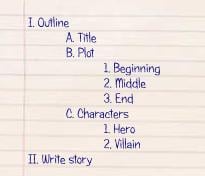
Outlining
Some authors prefer to make a plot outline, whether by shorthand on paper, corkboards, dry-erase boards, or on the computer. These all range in organization depending on the author and the genre: from clean formats using roman numerals and descending points with lowercase letters or numbers to headings with bullet points. Some authors found programs for plotting novels, such as Scrivener which allows authors to plot by chapter using an editor and corkboard design. These usually go in chronological order to show a linear progression of either the timeline or major events leading from the beginning to the end of a novel. Outlining can be helpful if you have a large idea that needs some work, such as confusing timelines, multiple events linked together, or even to narrow down the details.
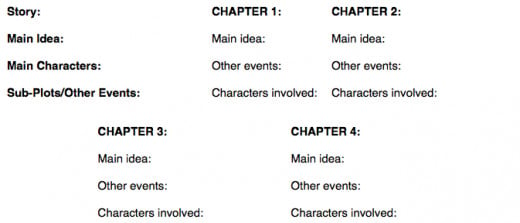
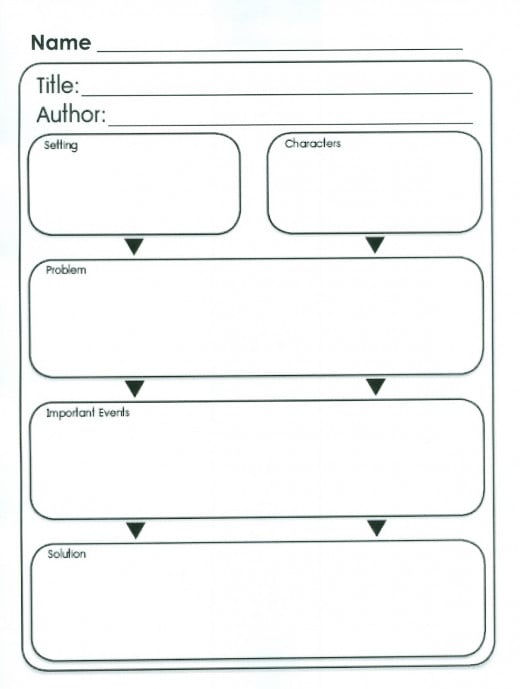
Charts and Maps
Other authors prefer plotting maps and charts to add a visual element to their process. Mind mapping is making a cluster with the main idea or major plot point in the middle, so the effects and minor points can be connected to each idea and spread across the page. This can also be used with a common template for authors, which shows the rising action, the climax, and the falling action. Charting the action by creating a table of each chapter, with the key points, character appearances, setting location and times, as well as other useful information, can be an easy-to-view guide for plotting and writing. Creating a template, or using one an author is comfortable with, can help when starting new projects as well because it gives a sense of consistency and familiarity.
Cluster Plotting
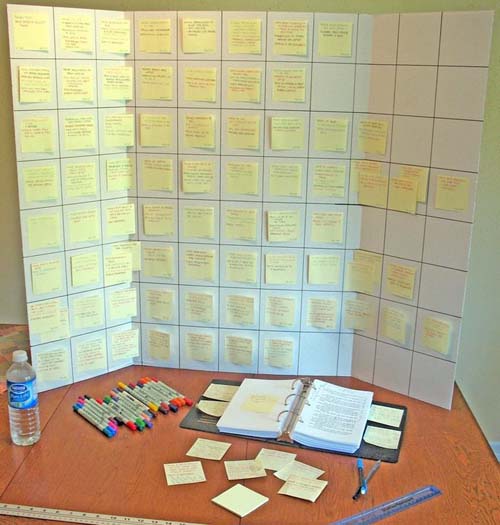
Notecards
Using index cards, sticky notes, or small notepads can also be helpful for those who desire a more hands-on approach to the planning process. Key scenes can be detailed on index cards and placed in chronological order on a corkboard, taped to a larger poster, the wall, or laid out on the desk to keep the flow of the novel going. This way, authors can rearrange events to come up with new ways to tell the story. Color coding chapters and each event can also be helpful to visualize where the novel is going and what actions are influencing the outcome. Having notecards for setting and characters as well as plot points and major events can help authors see development and arcs within their novel building up to the climax. This is commonly referred to as storyboarding, by putting the notecards onto a poster board or larger sheet in order to keep track of the action. However, there is another type of story-boarding authors can take advantage of.
Story Boards
For artistic authors, the method of story-boarding is used to outline the plot through comic-book style drawings of each scene. While generally used for film or animation, story-boarding can be helpful to novel development if the author prefers a visual approach to plotting, by seeing the action play out to properly describe the actions and movements undertaken by characters. Panels usually involve a drawing of the scene, from character reactions to movements to locations, as well as notes written below or to the side to describe what is happening, the dialogue between characters, or details about the scene pertaining to how it should be written. This method is also great for children’s books as a way to outline the story as well as illustrations.

Freewriting
Aside from organizing the information, authors can also jot down ideas for a scene during a freewriting session. Freewriting helps to get words on paper by using the inspiration and muse as a guide. Authors may not use whatever they write during one of these sessions, but it can help them plan, develop a character, plot, or find out interesting tidbits such as particular scene, character backstory, personality, mood, or setting that may worm their way into the novel. Beginning the first chapter, writing out a pivotal scene, or just capturing the dialogue between characters can also be an essential part of the writing process. Sometimes authors have to let the story speak for itself by writing whatever comes to mind. Write out a description of the building or city the character lives in, or where the main action is going down. Have one character interview another to see how they tick and why they’re motivated to do whatever they’re doing in the story. These snippets can give depth to the main story and help authors gain useful insights to their story and what it all means.
Multi-Method
Authors, as creative individuals, are able to use multiple methods in conjunction with each other for a project. I know I’ve done almost every method at least once for my various projects within the planning stages. During one course in college, my professor encouraged the class to use notecards to detail scenes, draw objects used within scenes, as well as freewrite to help motivate us to continue our novels. One of the last projects we did was to create a poster where each index card is placed along the rising action, climax, and falling action to see where our novel was going. I found it really helpful for my process because it told me what I needed to do next in the writing stage, where to input new scenes within an already-existing narrative, and how to wrap everything up in the end.
What is your favorite method?
Skipping
There have also been times where I skipped the planning altogether and just started writing. While it worked out in the beginning because the idea was still fresh in my mind, I soon lost focus and neglected that project due to other distractions. When I come back to these unfinished story-lines, I usually end up confused and wary about continuing because of where I left off and having nowhere to go from there. When Writer’s Block strikes, I prefer to have an outline to go back to than an empty mind. Some authors like to let their muse motivate their writing, going with the flow of the mood when telling a story, so planning hinders their creative process. When these authors get stuck or find themselves burnt out from writing, they can begin planning for the next step ahead, or rearranging what they already have, using one or more of these methods.


